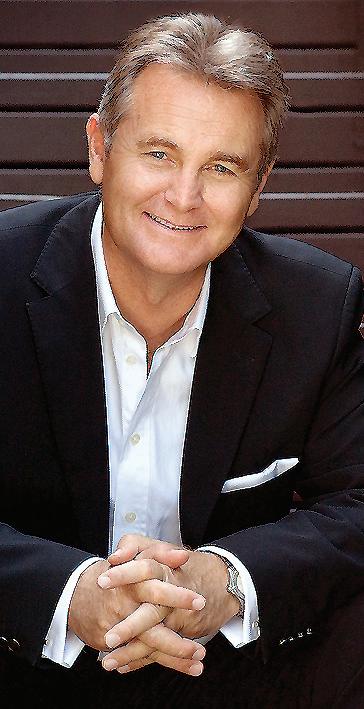
3 minute read
Australia: Big or small?
from 2011-07 Melbourne
by Indian Link
Two recently released books present interesting, albeit contrasting, views on the complex relation between environment and population
BY NOEL G DE SOUZA
Two concurrent debates are taking place in Australia: one on population, the other on climate. In 2009, the Federal Government was espousing the reduction in carbon emissions through a Carbon Emissions Trading Scheme while simultaneously promoting a ‘big’ Australia, mainly through high immigration. That these two policies are contradictory does not appear to have been realised.
Two books released almost simultaneously in June this year, present the case for either a ‘big’ or a ‘small’ Australia. The case for a small Australia is made by the well-known Australian entrepreneur and geographer Dick Smith in his new book Population Crisis (Allen & Unwin, Sydney).

The argument for a ‘big’ Australia is presented by Bernard Salt in The Big Tilt (Hardie Grant Books, Prahran, Victoria). Salt is known for his prolific output of articles and books on historic and demographic change in Australia such as The Big Shift and The Big Picture . He is a partner in the financial firm KPMG and his writings are often taken as reflecting business viewpoints.
Dick Smith points out that the policy of reducing greenhouse gases while allowing the population to grow is paradoxical, arguing that higher population inevitably leads to higher carbon emissions. This is particularly the case with Australia owing to its pattern of high energy consumption. Australia’s per capita carbon emission of 26.9 tonnes per annum is the highest in the world; the USA comes next with 23.5. At 5.5 tonnes and 1.7 tonnes respectively the per capita emissions for China and India may seem low but they amount to a staggering number given the huge populations of the two countries.

Smith underscores that in 2009 Australia recorded 300,000 births, which is its highest ever. Salt’s World Demographic Report 2010 shows there were several European countries, including Russia, with a negative natural population growth while Australia grew by 0.7%, which is the highest growth for any developed country.
Smith links the world’s phenomenal population generations, makes for fascinating reading. growth to issues of climatic change, food shortages and resource consumption. He writes that if the Chinese,
Indians and those in the poorer world switched to consumption levels similar to those of the West, the world’s carbon consumption would balloon out to that of a population of 72 billion.
Smith highlights that several studies that favour a smaller Australia, including that of Kelvin Thompson, a labour backbencher, have been either suppressed or ignored. Thompson’s paper counsels a moderate population increase (70,000 per annum), which Smith is satisfied with. That figure is the basis for a “small Australia” while an immigration of 180,000 per annum would usher in a “big Australia”.
The information in The Big Tilt is both enlightening and alarming. The book signals the need for health care for an increased aged population and notes that the younger generation does not marry enough, or does not reproduce enough.

The book points out that Australia, contrary to its image of food self-sufficiency, imports a lot of food. Besides, Australian prime farmland is being bought by overseas interests. China buying Tasmanian diary farms, Canada the Wheat Board and Japan the Queensland feedlots are some examples. Small farmers are becoming a vanishing lot and that endangers Australia’s food security. Smith sees water shortage and droughts as major limiting factors for agriculture, warning that Australia, by escalating immigration, could jeopardise its food security.
Smith notes that most of the wealth created by miners and farmers once remained in Australia but today much of this gets spread globally through foreign ownership.
In The Big Tilt , Salt details the minutiae of current Australian demographic changes. He traces the Australian iconic types from the men of the bush to the Baby Boomers to the current X and Z generations. This tracing of trends, such as the ageing of the Baby Boomers and the rise of the new digital savvy

Salt perceives the inevitability of population growth, particularly through immigration. He makes the case for a larger population, firstly, on the ground that a larger population is needed to provide the means for looking after an ageing population such as that of the Baby Boomers; and secondly, that Australia has a shortage of skills.
Smith counters these arguments by suggesting that the skills available within an ageing population need to be tapped and, quite importantly, that young people who are currently finding it difficult to get jobs should be adequately trained to fill the skills gap.
The high immigration lobby is typically a business one. One well-known developer of units has in the past advocated a 100 million population for Australia. This would require a large number of desalination plants along the coastline, Smith counters.
Both the books are essential reading for those who want to understand the Australia of today and where it is likely to be heading. More importantly, they will help readers to reflect on what decisions governments should take in matters such as immigration, skills development, food production and energy use.









